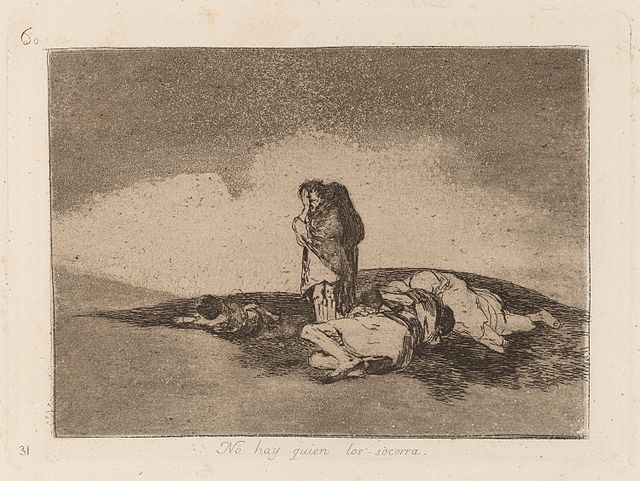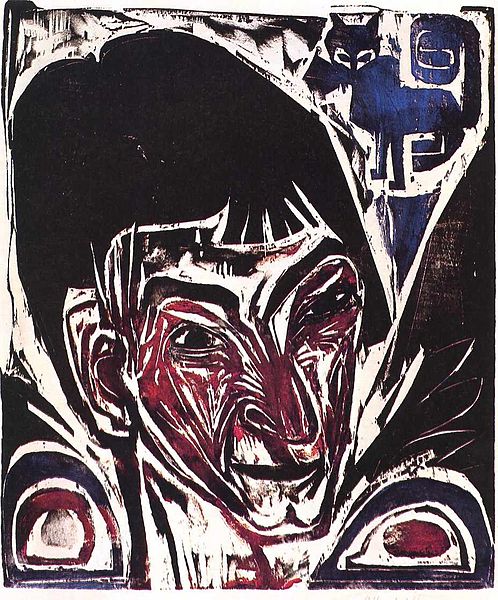In printmaking, an edition is a number of prints struck from one plate, usually at the same time. This may be a limited edition, with a fixed number of impressions produced on the understanding that no further impressions (copies) will be produced later, or an open edition limited only by the number that can be sold or produced before the plate wears. Most modern artists produce only limited editions, normally signed by the artist in pencil, and numbered as say 67/100 to show the unique number of that impression and the total edition size.
Rembrandt House Museum, printing studio
Aquatint by Goya, from the Cycle "Los Caprichos": Can't Anyone Untie Us?
Printmaking is the process of creating artworks by printing, normally on paper, but also on fabric, wood, metal, and other surfaces. "Traditional printmaking" normally covers only the process of creating prints using a hand processed technique, rather than a photographic reproduction of a visual artwork which would be printed using an electronic machine ; however, there is some cross-over between traditional and digital printmaking, including risograph.
Katsushika Hokusai The Underwave off Kanagawa, 1829/1833, color woodcut, Rijksmuseum Collection
Rembrandt, Self-portrait, etching, c. 1630
Francisco Goya, There is No One To Help Them, Disasters of War series, aquatint c. 1810
Ernst Ludwig Kirchner, Portrait of Otto Müller, 1915






